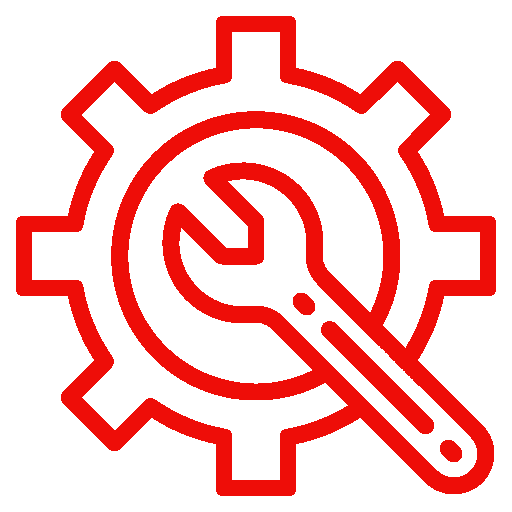Updated on: 26.01.2022

Subject area
Loads | Basics
Repair
Repair is the restoration of functional performance. The degree of repair depends on the cost/benefit ratio.
Repair - A sub-area of maintenance
Repair is the restoration of the functional performance of a technical system and is a sub-area of corrective maintenance.
Repair as a result of damage
In general, it is important in maintenance to distinguish between a malfunction, a fault and damage. Under no circumstances should the terms be used synonymously.
Malfunction
A malfunction always occurs when a technical system cannot fulfil its function or the system performance deviates from the defined target state. A malfunction does not always have to be due to a technical error or damage, but can also have organisational causes. Thus, a malfunction does not necessarily necessitate a repair. Only when it is clear that a malfunction is due to damage should further maintenance measures be taken.
Error
A fault is an unforeseen deviation from "scheduled" operation. While a disruption can also be due to the lack of production resources, for example, this is not the case with an error. The term error is therefore somewhat narrower in this context.
Common types of faults that may require repair are:
Furthermore, with regard to the temporal occurrence, a distinction can be made between permanent, intermittent and transient faults.
Damage
Damage always occurs when the function of a component is impaired or can no longer be fulfilled. The damage is usually preceded by a process of change in component properties. Particularly in the case of complex technical systems, the cause of the damage is often not so easy to determine, which can make a very extensive damage analysis necessary.
Common damage patterns that are often found:
Repair in the case of a known cause-effect relationship
In the case of known defect patterns, the probabilities of occurrence and causes of defects are often known, so that no extensive damage analysis needs to be carried out in advance of the repair. Nevertheless, in many cases the question of the cost/benefit ratio arises.
Repair with unknown cause and effect relationship
This case should be familiar to many from the motor vehicle workshop. If there is no obvious causal connection between cause and effect, the damage analysis is often carried out with the help of the exclusion principle. In the course of the repair, all possible components are replaced one after the other until the defect has disappeared.
Repair strategies based on the cost/benefit ratio
In the case of expensive rehabilitation measures, the strategic framework for action should be defined in advance. Simply put, three strategic options for action can be distinguished.
In many cases, however, the existing room for manoeuvre is not properly examined, so that excessive repair costs can also arise in the industrial environment.
